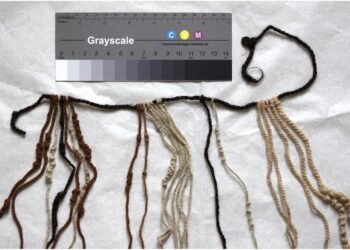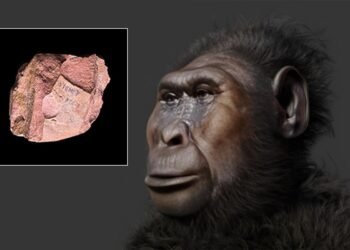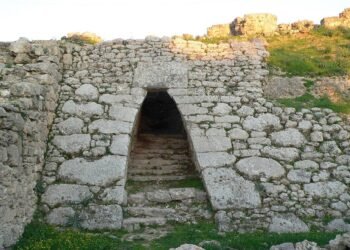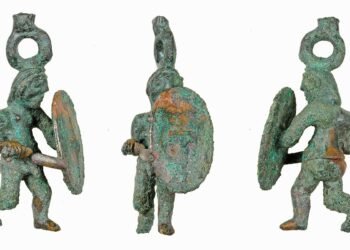Archaeologists from the University of Granada have uncovered remnants of an ancient Roman forum in the town of Ubrique, located in Andalusia, southern Spain.
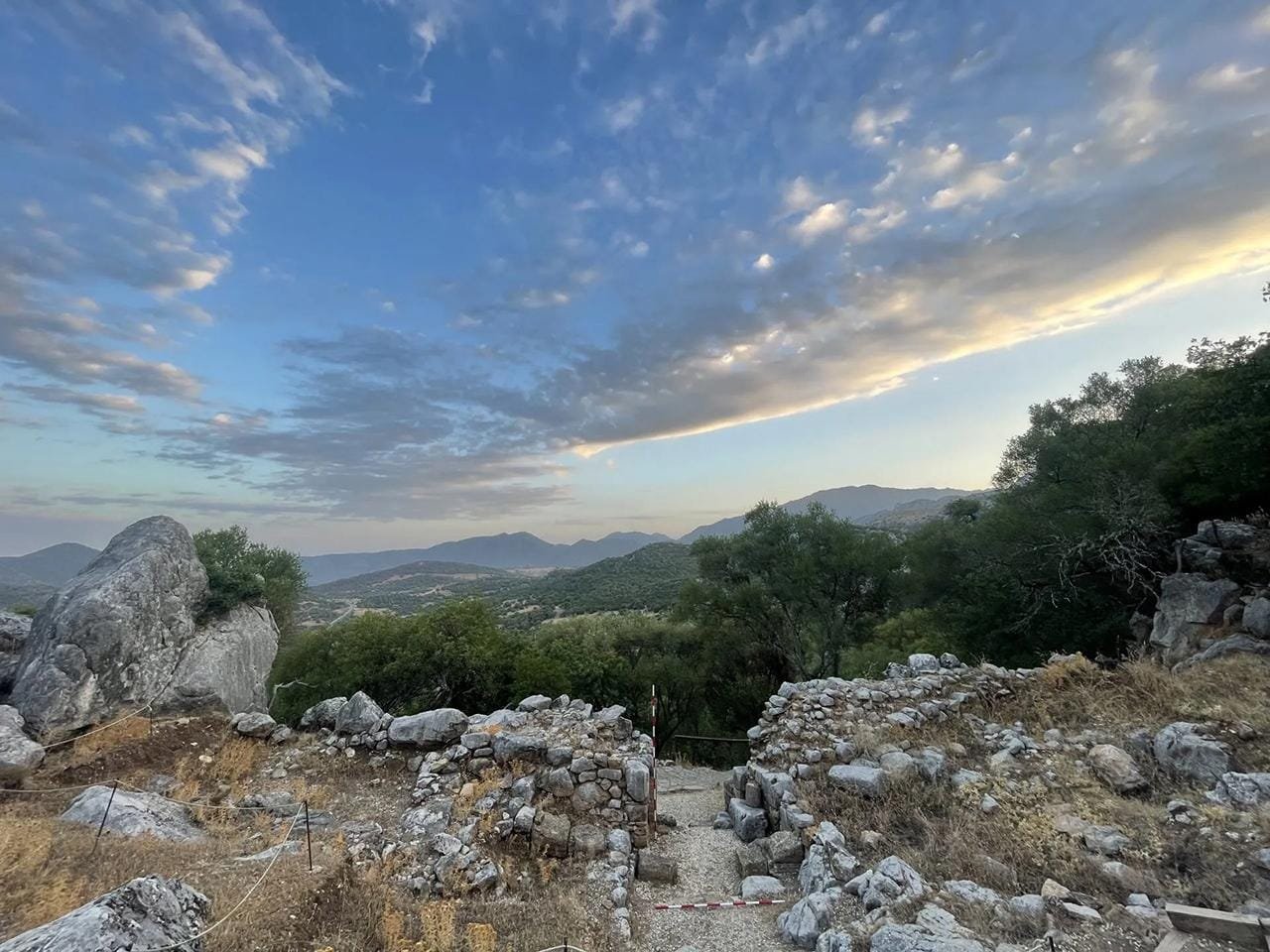
This significant discovery, made at the hill known as Cerro de la Mora, aligns with a theory proposed by 18th-century scholar and archaeologist Juan Vegazo. Vegazo, who had previously discovered defensive walls, a thermal bath complex, and a burial ground on the hilltop, believed it might also contain the ruins of a Roman forum. However, the forum itself had remained elusive—until now.
The recent excavations, led by Professor Macarena Bustamante Álvarez and her team of archaeologists, students, and volunteers, set out specifically to validate Vegazo’s theory regarding the forum’s location. “The main objective of the excavation was to confirm Vegazo’s hypothesis that the hill’s central terrace was the site of the forum,” Álvarez noted in a statement issued by the University of Granada.
The researchers’ efforts were rewarded when they uncovered an enclosure wall of the forum’s central square, measuring approximately 3 feet high and 52.5 feet long. This wall, along with architectural remains like statue pedestals and column fragments, signals the presence of large, public buildings typical of Roman forums.
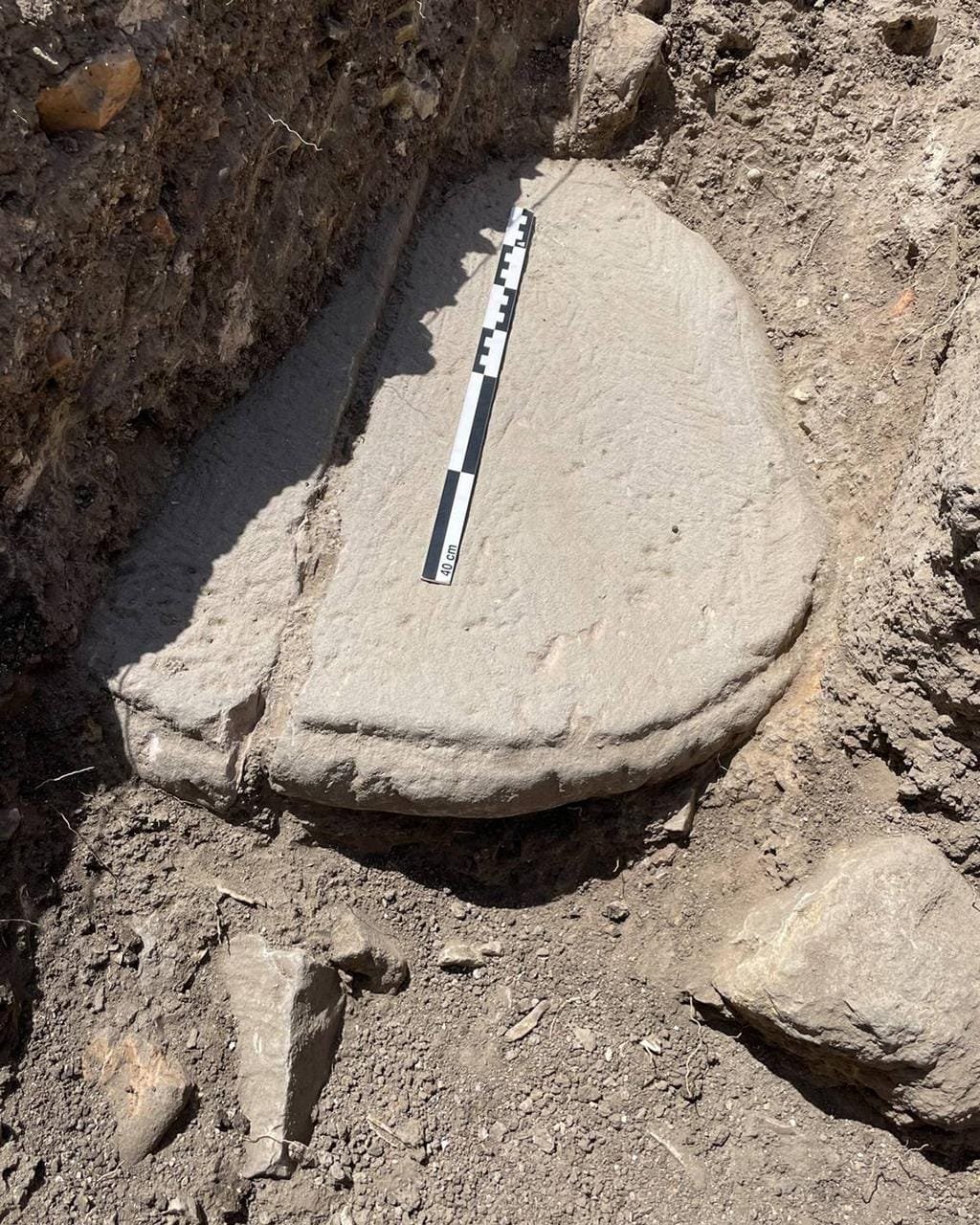
Within the site, the team also uncovered a monumental altar surrounded by decorative architectural fragments. These finds, which included column bases and shafts, are indicative of the elaborate Roman religious practices, especially those connected to water, prevalent in the region. The forum would have served as a gathering place central to the ancient city’s social and religious life, blending Roman cultural elements with local Iberian traditions. This synthesis helped cement Roman influence in the region, illustrating how the empire integrated with local communities in the southern Iberian Peninsula.
The discovery of coins and North African ceramics suggests that the site was continuously inhabited until the late 4th century CE, longer than previously believed. One coin, bearing a Christogram, represents the first Christian iconography found at the site, highlighting the spread of Christianity in the late Roman Empire. According to the archaeologists, these artifacts also provide insights into ancient trade routes connected to the nearby Gibraltar region.
In addition to Roman-era structures, the team identified the foundations of a medieval defensive building, which likely provided visual contact with other fortifications in the surrounding area. This structure points to the strategic importance of Cerro de la Mora over several centuries, spanning both Roman and medieval periods. “This building would have provided a line of sight to other fortifications in Cádiz’s mountainous region,” the researchers explained, emphasizing its role in overseeing the landscape.
The University of Granada’s findings not only fulfill Vegazo’s long-standing hypothesis but also open new avenues for understanding the Roman consolidation of southern Spain and the ways the empire adapted to and incorporated local cultures.



